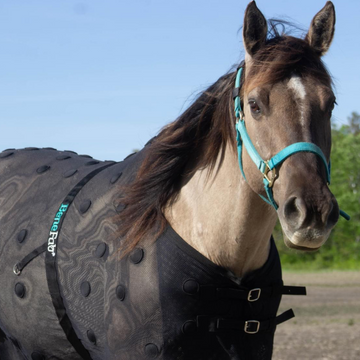What are hocks?
A horse’s hock is the joint directly above the fetlock joint on the hind legs. The hock joint is one of a horse's hardest-working leg joints. This grouping of bone, ligaments, and cartilage is responsible for your horse's wide range of motion with its hind legs. These joints are also responsible for pushing motions and bearing weight, similar to a human ankle. Hock injuries are also treated similarly, with cold compression and reduced movement.
Angles and Sizes of Hocks
 Hock angles are often discussed when talking about a horse’s confirmation. The angle when the hock is at rest can be a good indicator of other movement issues or training blocks you may be experiencing, in addition to possible health problems. A hock's ideal angle is to have it directly stack over the lower fetlock when viewing it from the side.
Hock angles are often discussed when talking about a horse’s confirmation. The angle when the hock is at rest can be a good indicator of other movement issues or training blocks you may be experiencing, in addition to possible health problems. A hock's ideal angle is to have it directly stack over the lower fetlock when viewing it from the side.
A Sickle hocked horse will have the hock angled out behind the fetlock. These horses will often experience lameness and hind limb issues due to the conformation of the leg.
The size of a horse’s hocks can also make them more prone to injury. Horses with large and medium-sized hocks use less energy to push off the ground. While this is better for their absorbed impact at the trot when the limbs come down to the ground, they also have less lift and less flex in their joints. Many horses with larger hocks lack flexibility within the joint, hindering their ability to jump at high levels or perform collected gaits.
Common Hock Injuries
While many injuries can occur in hocks, the most common are thoroughpin and osteoarthritis. Thoroughpin is a swelling in the joint which can be caused by injury or joint impact. This swelling will be visible from both sides of the leg. While it may look painful, it is primarily a cosmetic problem. There are still ways to remove the fluid and treat this condition.
Osteoarthritis is a bit more uncomfortable for your horse and involves a long-term treatment plan. Osteoarthritis is more likely to present itself in older horses or horses who have worked their hock joints excessively throughout their lives. It happens when the bone in the hock joint becomes inflamed, causing it to produce additional bone in the lower hock. The formation of this new bone causes pain and lameness and restricts movement.
Hock fusion is a standard treatment for moderate to severe osteoarthritis. Fusion occurs when the juncture between the ends of two bones transforms from a mobile joint into a stable bony bridge, immobilizing that part of the hock. The lower hock has minimal movement naturally, which means fusion can reduce pain without interfering with mobility. Fusion can occur naturally or as a result of a surgical or chemical process completed by a licensed veterinarian.
Caring for Hocks
 In general, you want to reduce the impact on the hock joints whenever possible. If you compete in a discipline where additional strain is put on the hocks, consider adding a joint support supplement to your horse’s diet. These supplements can help support the joint.
In general, you want to reduce the impact on the hock joints whenever possible. If you compete in a discipline where additional strain is put on the hocks, consider adding a joint support supplement to your horse’s diet. These supplements can help support the joint.
You should also consider adding a therapeutic wrap or boot after each workout. Benefab’s Smart Hock boots combine far-infrared fabrics with targeted medical-grade magnets over key acupuncture points to reduce inflammation, increase circulation and oxygen flow, and reduce pain.






















